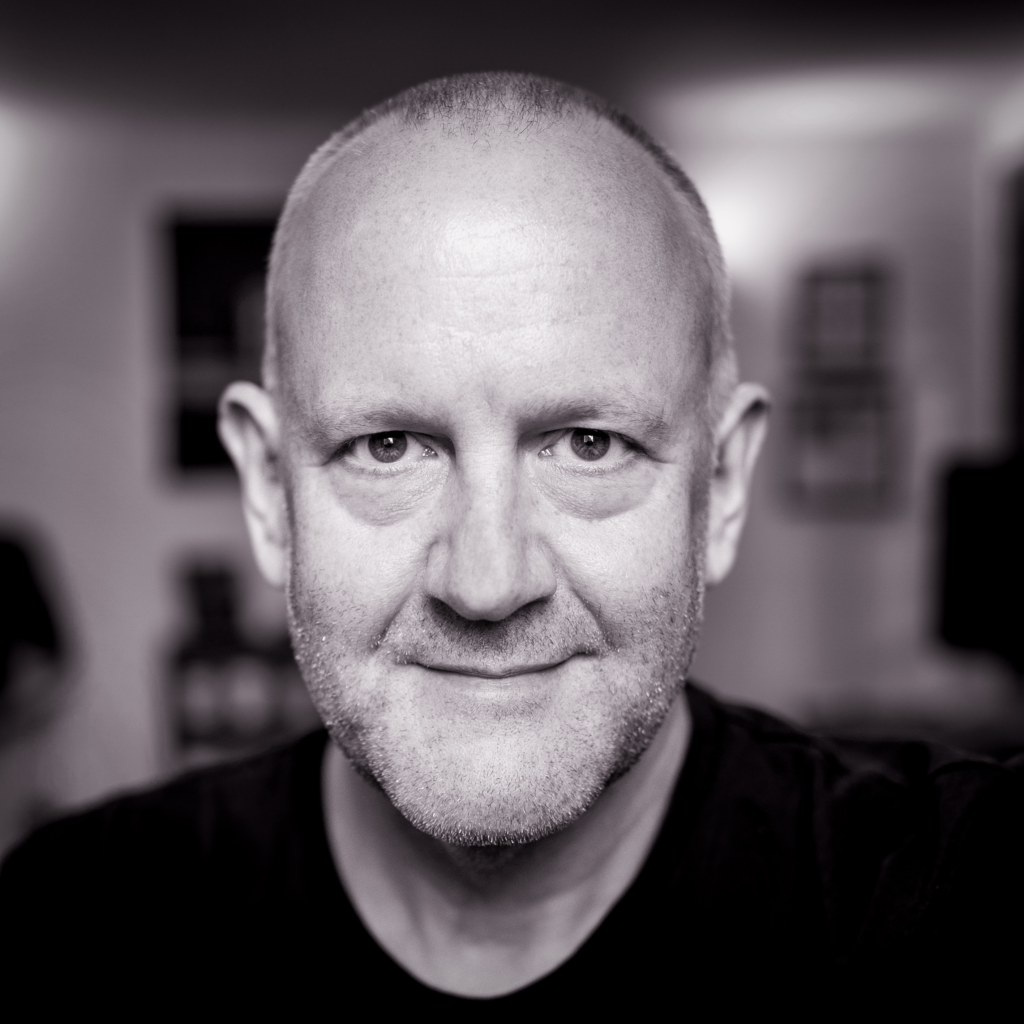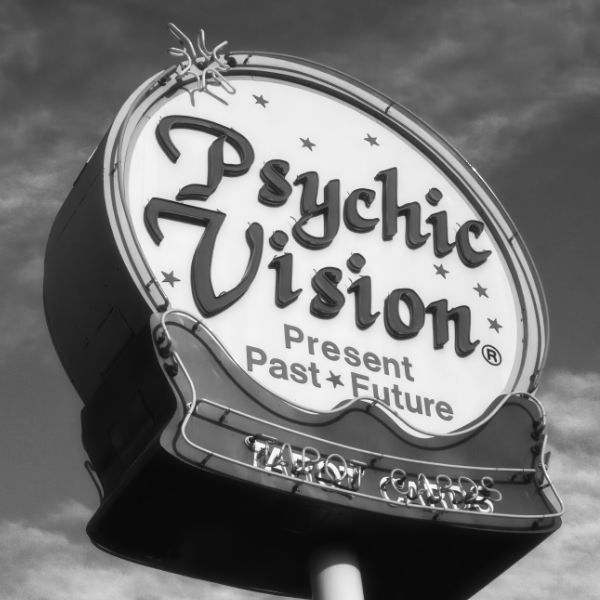An intriguing proposition from a mind-reader
Imagine that a friend offers to try to read your mind. She says that her attempt will be entirely earnest, and at no point will she lie to you — everything she says will be 100% true.
You are certainly intrigued, so agree to let her try.
Your friend hands you a deck of cards and asks you to shuffle them. When you are happy, she takes back the deck and spreads it face down between her hands. She asks you to select any card, making it clear that you have a free choice, and requests that you remember its value.
Next, your friend asks you to place the card back anywhere in the deck. As you do so, she states, “I swear I have no idea what card you selected.”
She begins to shuffle the deck and states, “And I swear I have no idea where your card is in the deck, and I will not try to sneak a look at it.”
Placing the deck to one side on the table, she then says, “All I need you to do is look into my eyes and visualise the card you are thinking of. Try to get a clear picture in your mind, and I will try to read your thoughts.”
After staring into your eyes for a few moments, she announces, “I believe you are thinking of the two of hearts.”
To your astonishment, she is correct! This is the card you are thinking of.
How could this be? Your friend said she wouldn’t lie — so did she really read your mind? How can your friend’s statements possibly be true?
As it happens, all of your friend’s statements ARE 100% true.
Your friend has deceived you. And yet, she has told you nothing but the truth.
How the effect works (warning: mild spoilers ahead!)
If you do not wish to know how this effect works, please skip to the next section, headed ‘The relationship between lying and deception’.
The effect is achieved through simple sleight of hand and some cunning manipulation of time.
In short, all of the verbal statements are true at the point when they are spoken. But the statements are either irrelevant, or their truthfulness expires almost immediately.
You genuinely shuffle the deck and can select any card. When you place the card back into the deck, your friend secretly keeps control of its position.
When she announces, “I swear I have no idea what card you selected,” she is telling the truth! She does not know WHAT the value of the card is. But she does know WHERE it is.
Just after making this statement, she begins to shuffle the deck. In doing so, she sneaks a look at the face of your card so that she NOW knows its value.
This means that while the previous statement WAS true when it was spoken, it is no longer accurate — that truth has just expired.
Your friend’s shuffle is also genuine. So, when she says, “And I swear I have no idea where your card is in the deck, and I will not try to sneak a look at it,” the statement is, once again, 100% true. However, it is irrelevant, as your friend already knows the value of your card!
When she goes on to state, “All I need you to do is look into my eyes and visualise the card you are thinking of. Try to get a clear picture in your mind, and I will try to read your thoughts,” these statements are also true. She will TRY to read your thoughts, although she knows fully that she cannot (so will fail) and does not need to!
All that is left is for your friend to reveal the card she surreptitiously glimpsed earlier.
The relationship between lying and deception
At its core, this is not much of a trick. But, if accompanied by a more elaborate narrative presentation, it could prove extremely convincing.
The trick uses temporal paltering to illustrate several essential principles of deception:
- Lying forms only a tiny slice of a much broader field of deception.
- Deception does not require any false statement to be made or, indeed, any statement at all.
- It is feasible to deceive by communicating nothing but the truth.
Unfortunately, the vast majority of research that purports to address the topic of deception actually addresses the more narrow subject of lying. Accordingly, a Google search for “deception” mainly returns articles about lying and lie detection.
However, lying frameworks provide few, if any, insights about plant or animal deception. And the study of lying reveals little about how human deception functions in fields such as sport, magic, scams, heists, military deception, art fraud, counterfeiting, packaging design, organised crime, cyber attacks, and a vast variety of other domains.
The study of lying and lie detection is undoubtedly critical in several applications, including criminal forensics and security screening. However, the science of lying provides an inadequate and impoverished viewpoint from which to:
- Understand countless cases of real-world deception.
- Develop systems for detecting and responding to creative forms of malevolent deception.
- Design and exploit benevolent deception for social good.
Some of my previous articles that seek to build a more accurate and utilitarian understanding of deception include:


